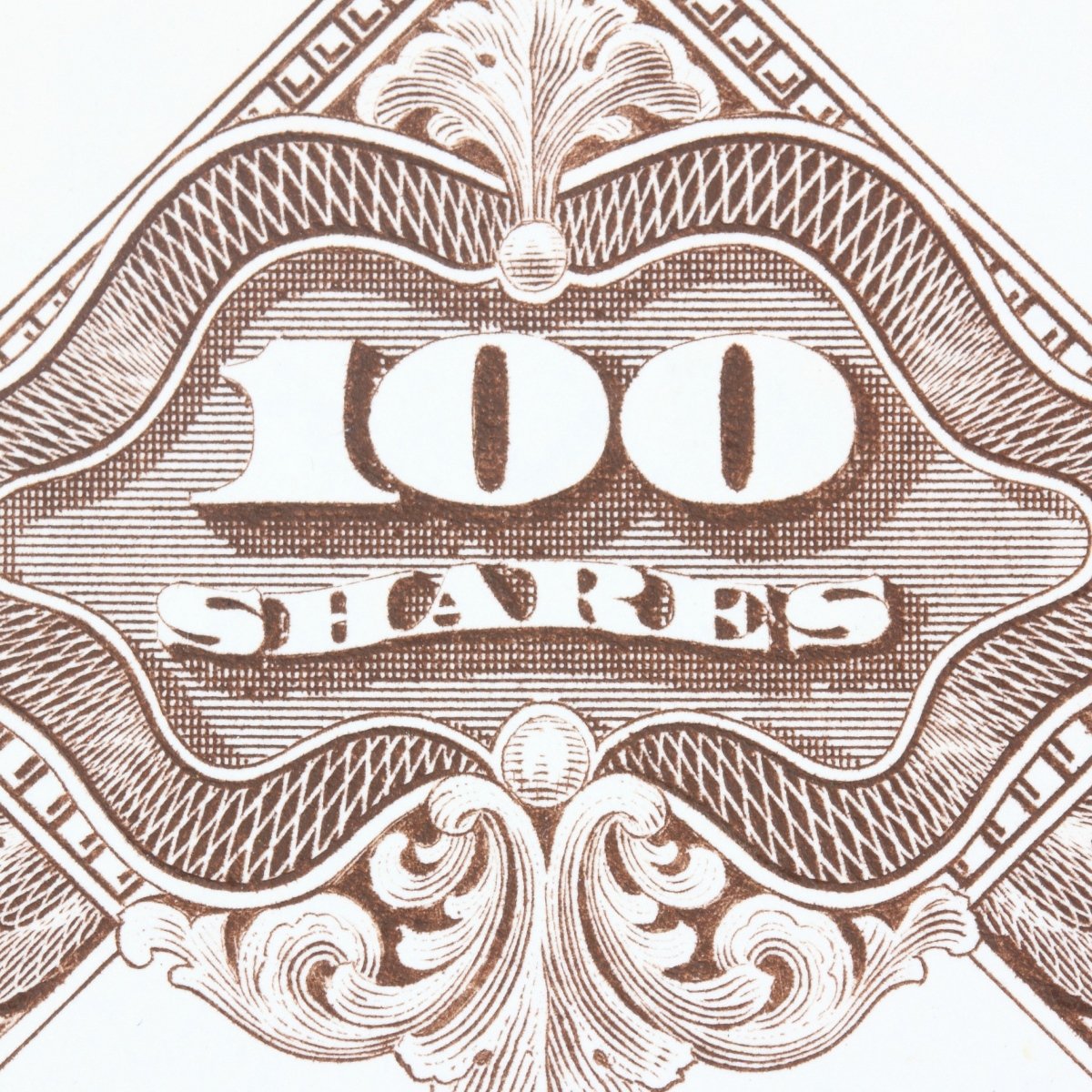
Investors love dividends and buybacks. Now it seems that there is a larger focus on share buybacks than there is on dividends. In fact, Standard & Poor’s reported that the number of S&P 500 companies with buybacks in the first calendar quarter of 2016 was up a sharp 12% from a year earlier — to a whopping $161.4 billion.
This $161 billion for the first quarter alone may sound impressive, and that is because it is the second largest buyback spending on record (versus $172 billion in the third quarter of 2007).
Another standout note is that for the 12-months ending March 31, there was a whopping $589.4 billion spent in stock buybacks – and that is a new record. For a quarter-over-quarter comparison, the first quarter’s $161.4 billion spent on share repurchases was up 10.6% from the $145.9 billion versus the fourth quarter 2015.
While S&P said that companies make good on their first quarter promise to support stocks, the earnings per share impact has continued to rise and that reached 28.2% of S&P 500 issues participating.
As far as which buybacks are leading the charge, they are in tech and IT, health care, and others. Still, they are not all unilaterally raising buybacks. Energy stock buybacks were minor at $2.1 billion, down 20% sequentially and down almost 63% from a year earlier.
Wednesday’s report from S&P showed that the share count is shrinking and that the earnings per share (EPS) are rising. It said:
For the ninth consecutive quarter, more than 20% of the S&P 500 issues reduced their year-over-year diluted share count by at least 4%, therefore boosting their earnings-per-share (EPS) by at least 4%. The participation rate for significant EPS impact rose to 28.2% for Q1 2016, up from 25.8% in Q4 2015.
Total shareholder return, dividends plus buybacks, set a quarterly record of $257.6 billion in Q1 2016 and a 12-month record of $974.6 billion for the period ending in March 2016. S&P Dow Jones Index’s Senior Index Analyst said:
The pace of buybacks was partially driven by companies supporting their stock during the opening downturn of the year, which coincidentally started in early February when many earnings lock-ups ended. The upswing in both expenditures and participation appears to persist in the market, meaning that the upturn in Q4 was not a single-shot. Looking at Q2 2016, the share count reduction trend is already baked in, as more than 20% of the issues have reduced their share count by at least 4% from Q2 2015.
There are a lot of issues here considering the use of cash versus reserves. Some might think this is tapping out cash, but the S&P note showed that cash reserves were at an all-time high, up 1% at $1.347 trillion. Companies are called as being awash with cash and with easy capital access.
Again, buybacks are outpacing dividends. S&P’s note showed that dividends, declined in the first quarter of 2016, but that is as energy dividend cuts pulled the aggregate down. Dividends had previously shown seven consecutive quarters of record payments.
As a reminder, companies may use buybacks for multiple reasons in conjunction with or in lieu of dividends.
Essential Tips for Investing: Sponsored
A financial advisor can help you understand the advantages and disadvantages of investment properties. Finding a qualified financial advisor doesn’t have to be hard. SmartAsset’s free tool matches you with up to three financial advisors who serve your area, and you can interview your advisor matches at no cost to decide which one is right for you. If you’re ready to find an advisor who can help you achieve your financial goals, get started now.
Investing in real estate can diversify your portfolio. But expanding your horizons may add additional costs. If you’re an investor looking to minimize expenses, consider checking out online brokerages. They often offer low investment fees, helping you maximize your profit.
Thank you for reading! Have some feedback for us?
Contact the 24/7 Wall St. editorial team.



